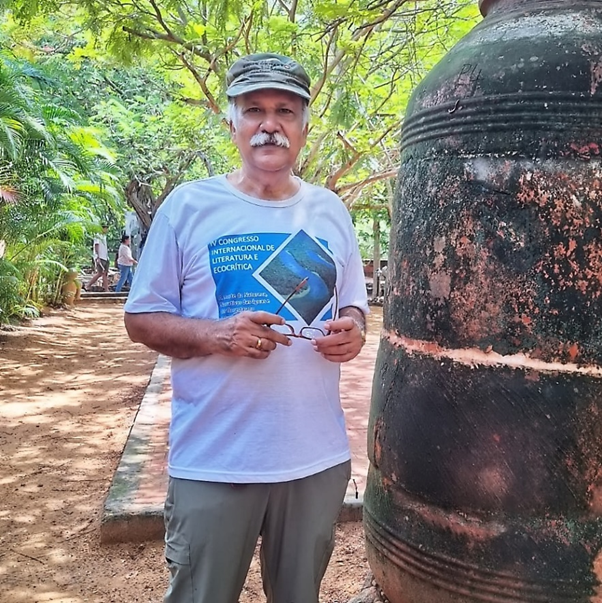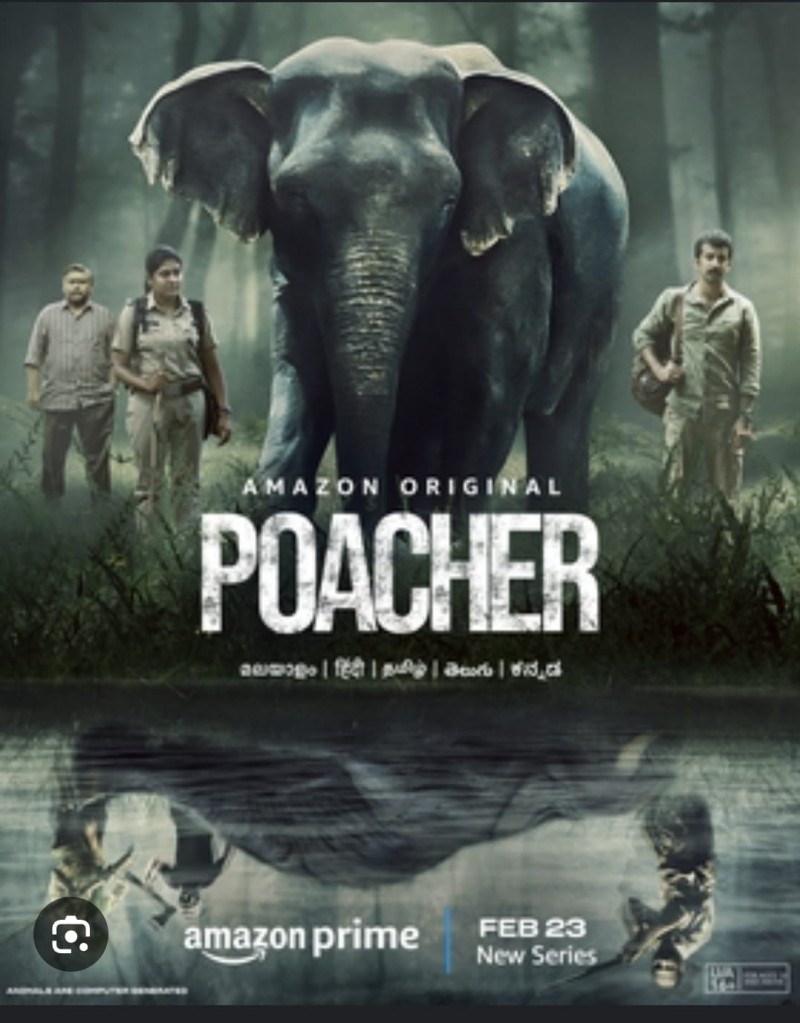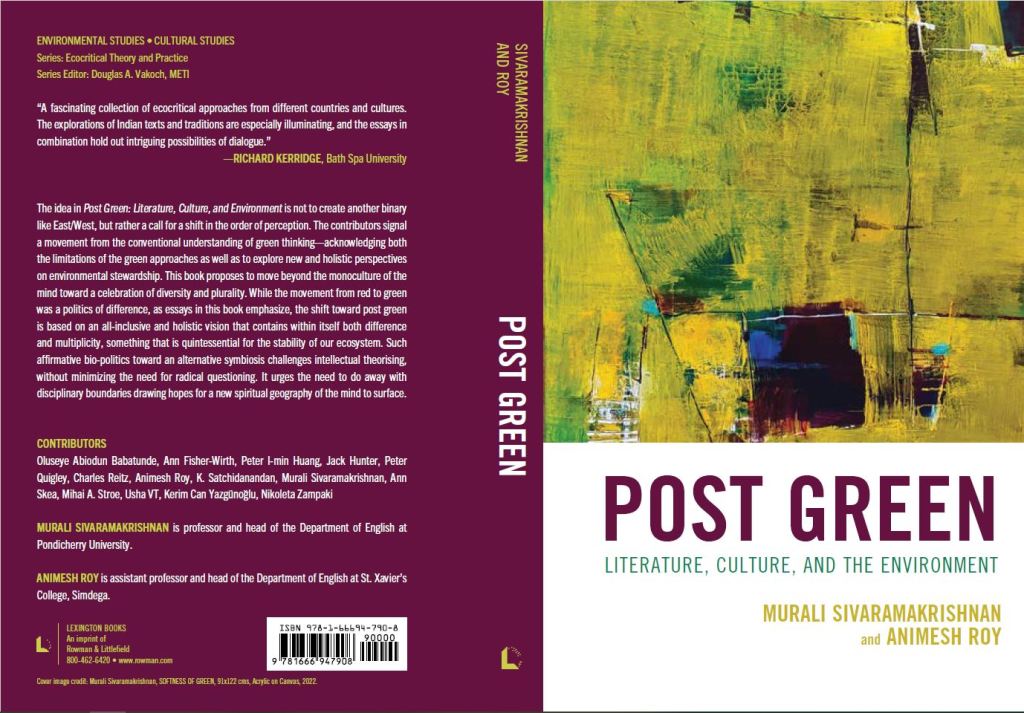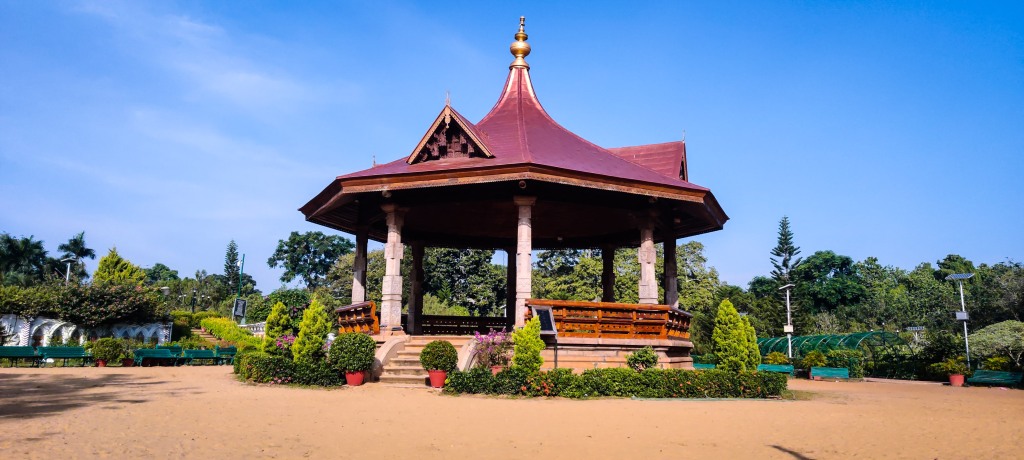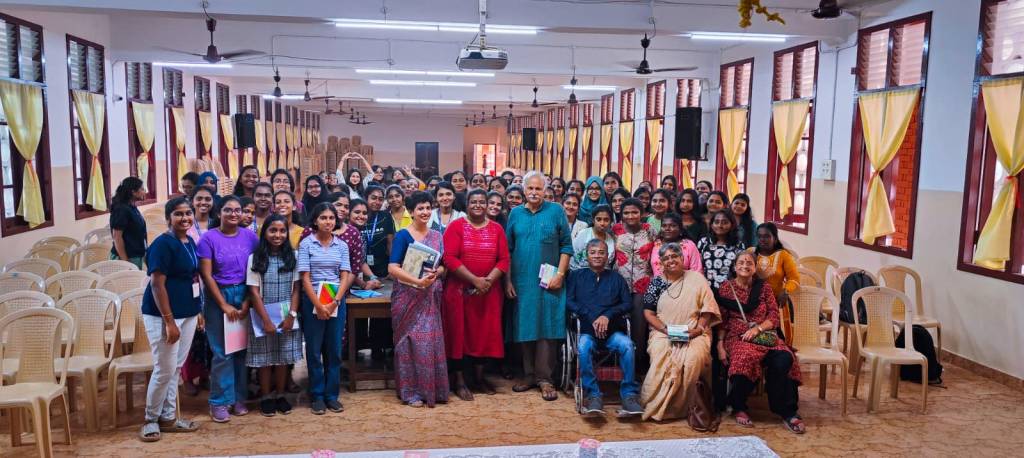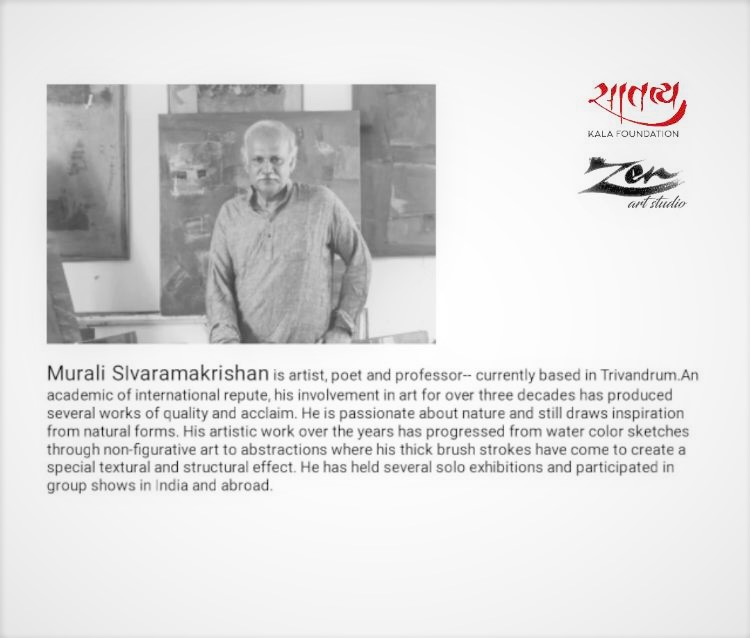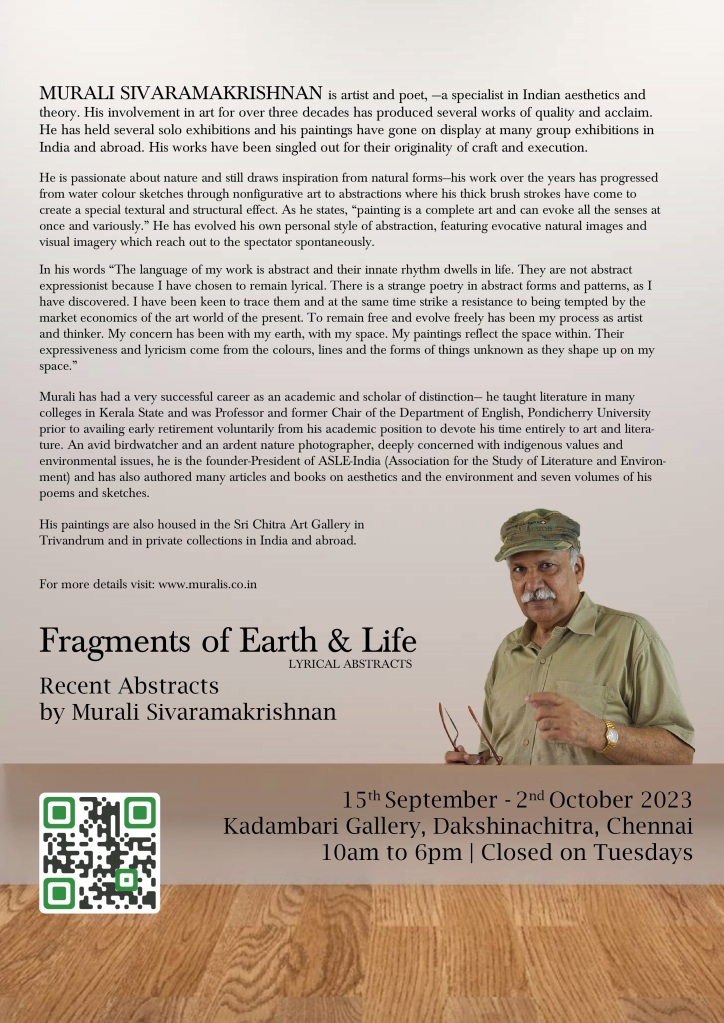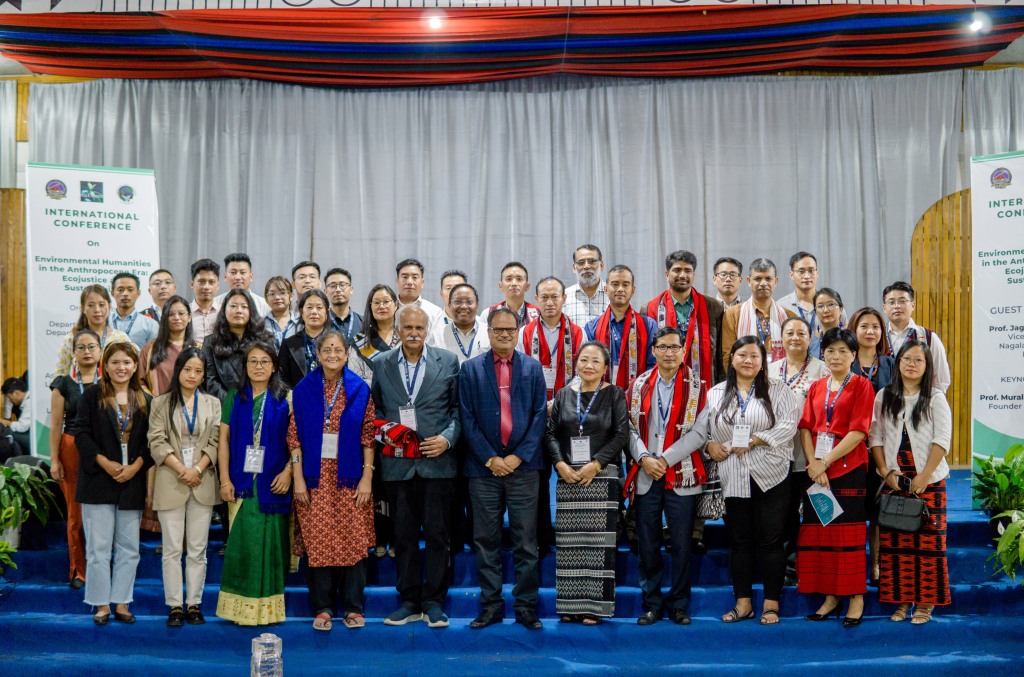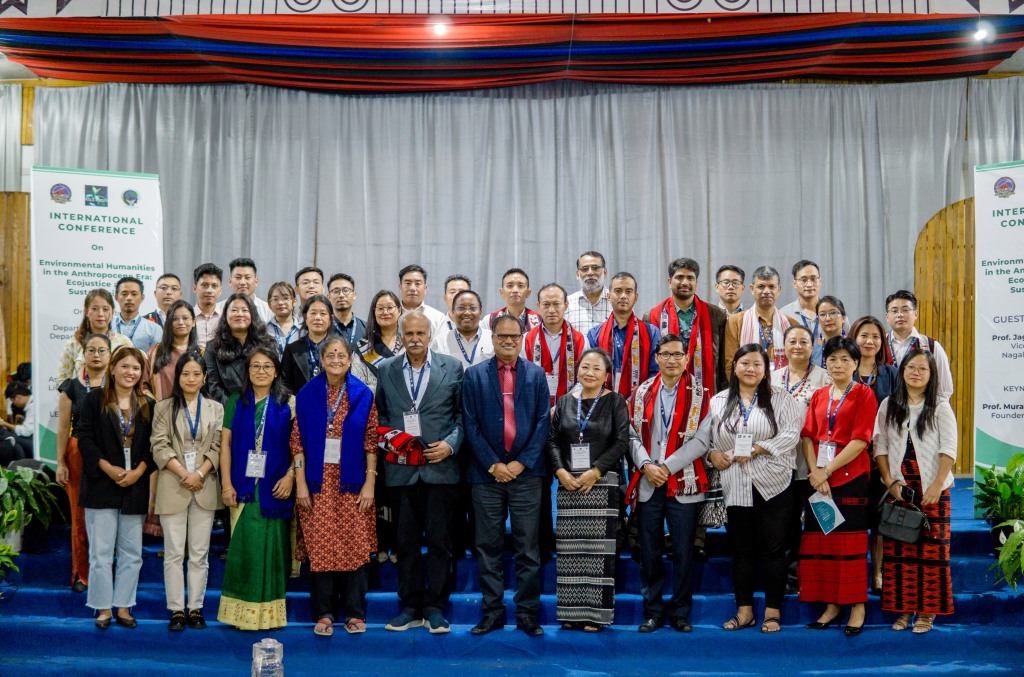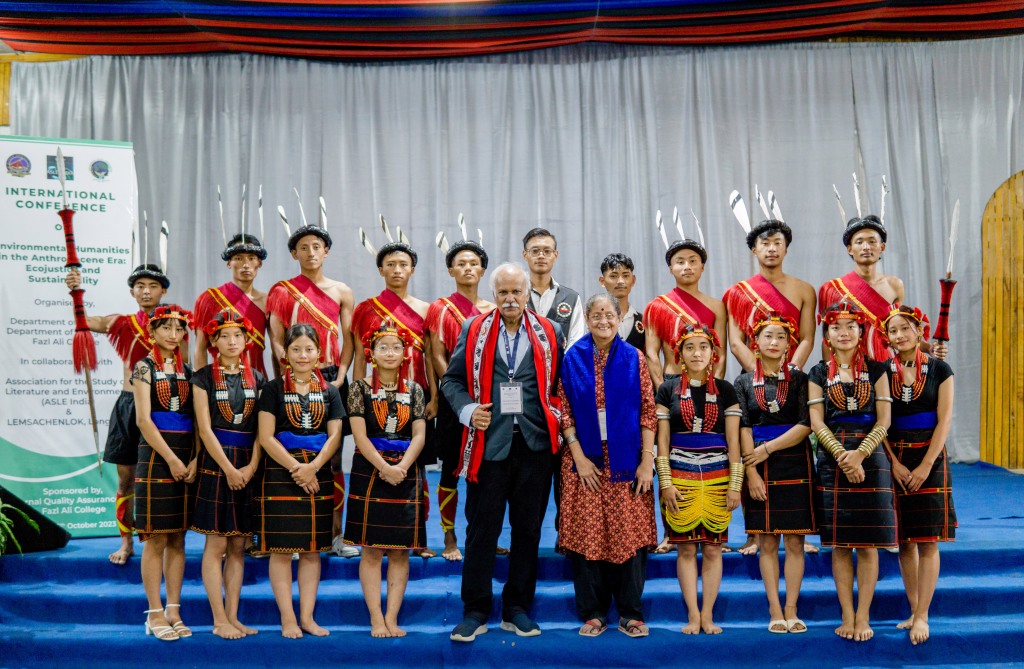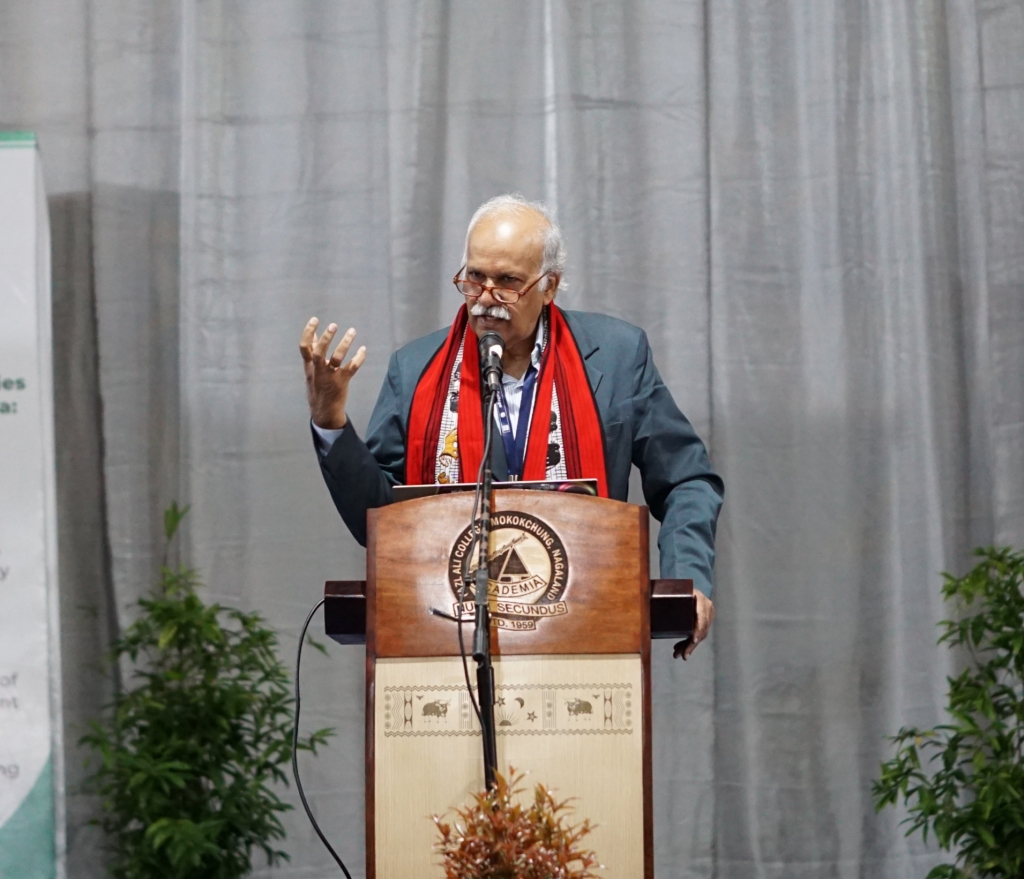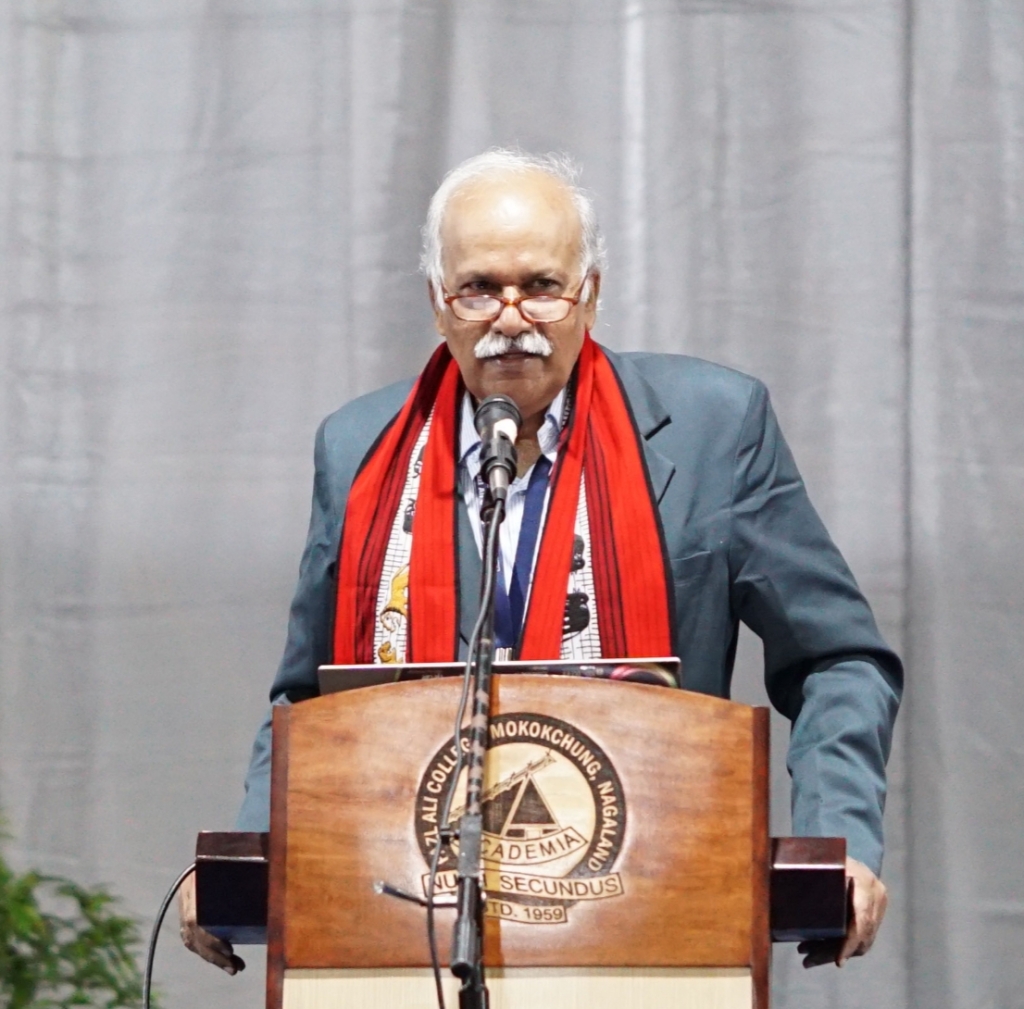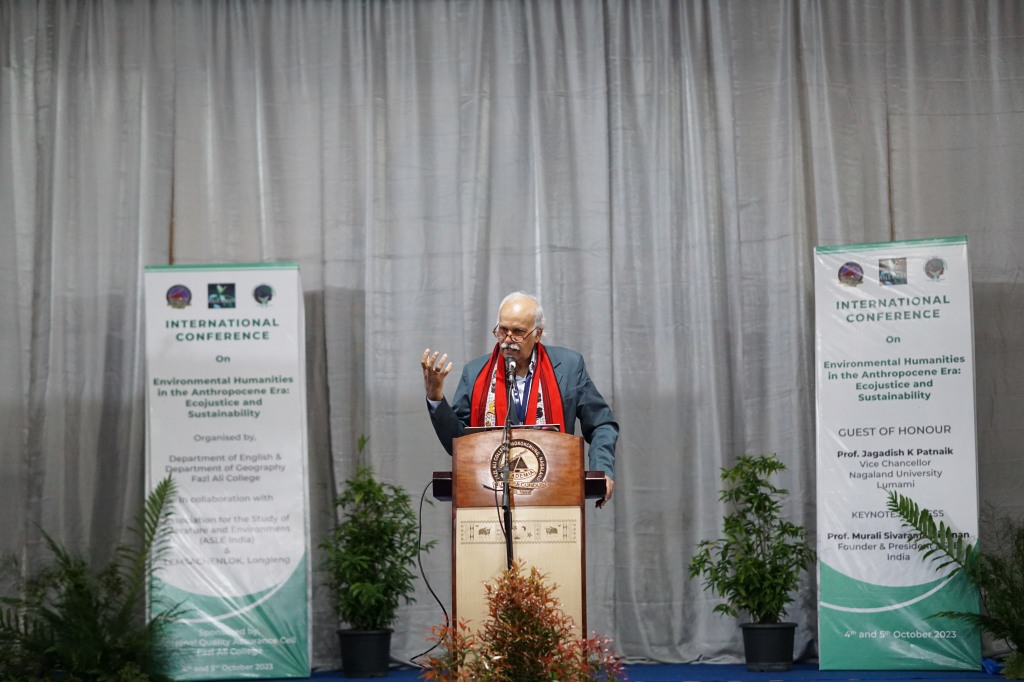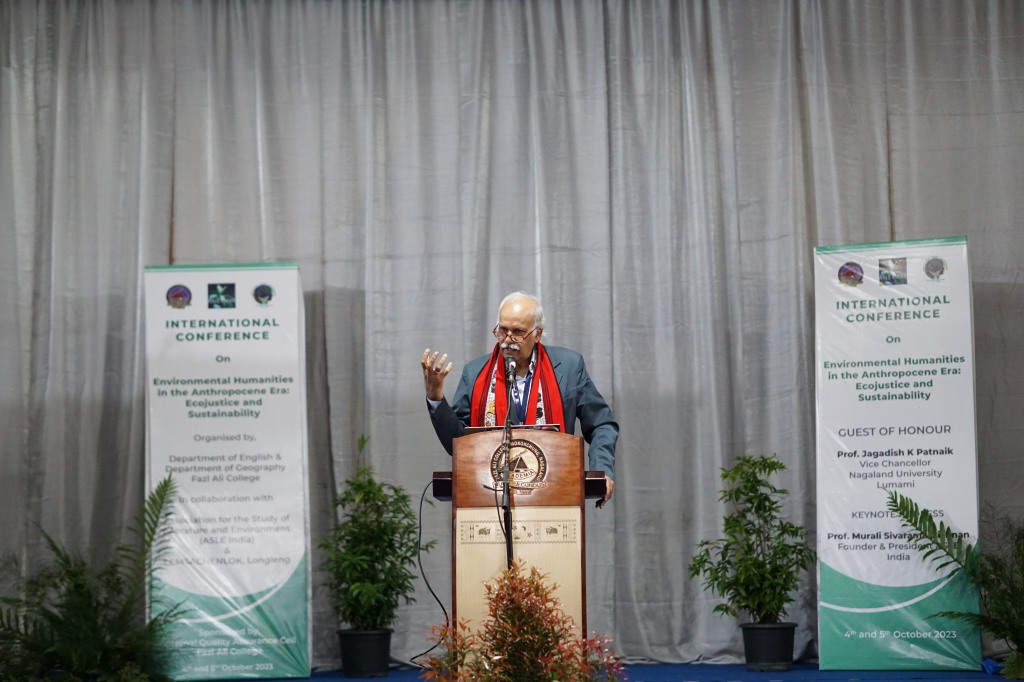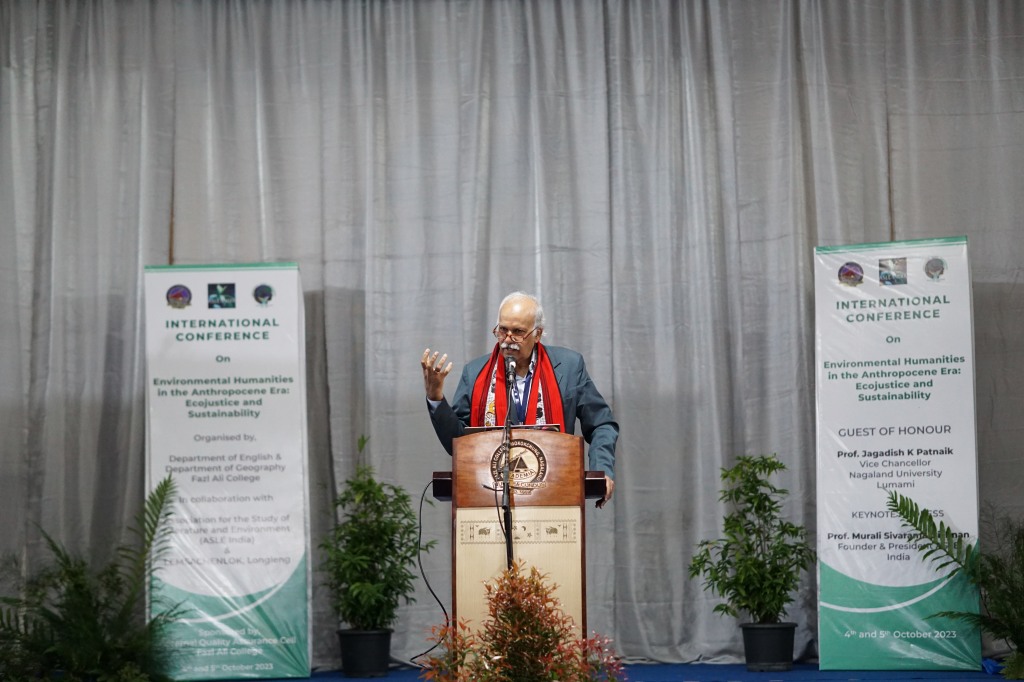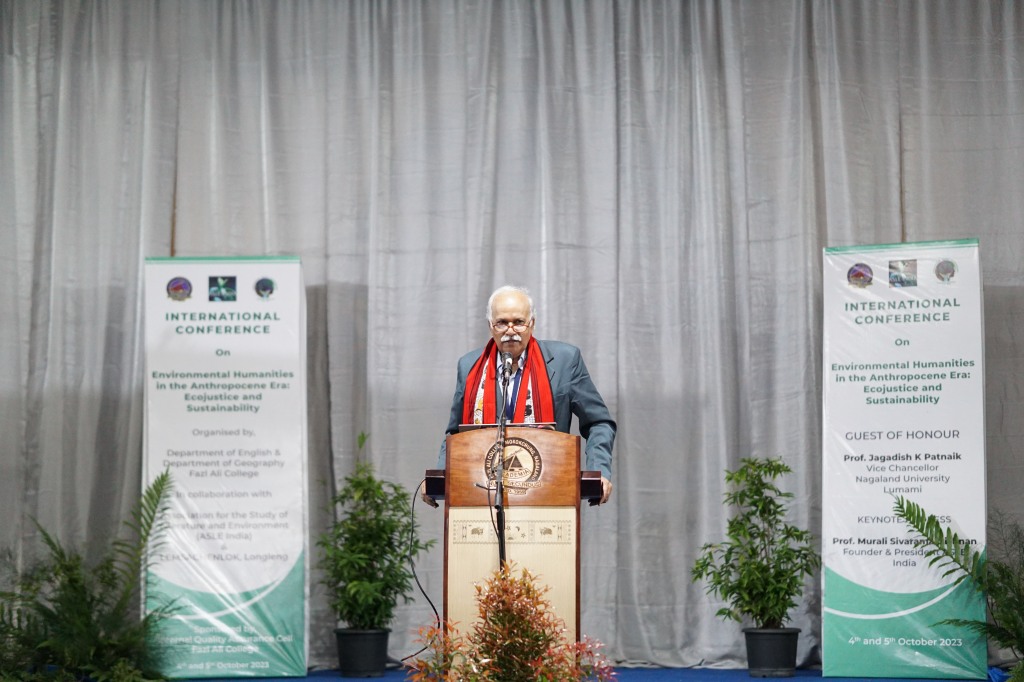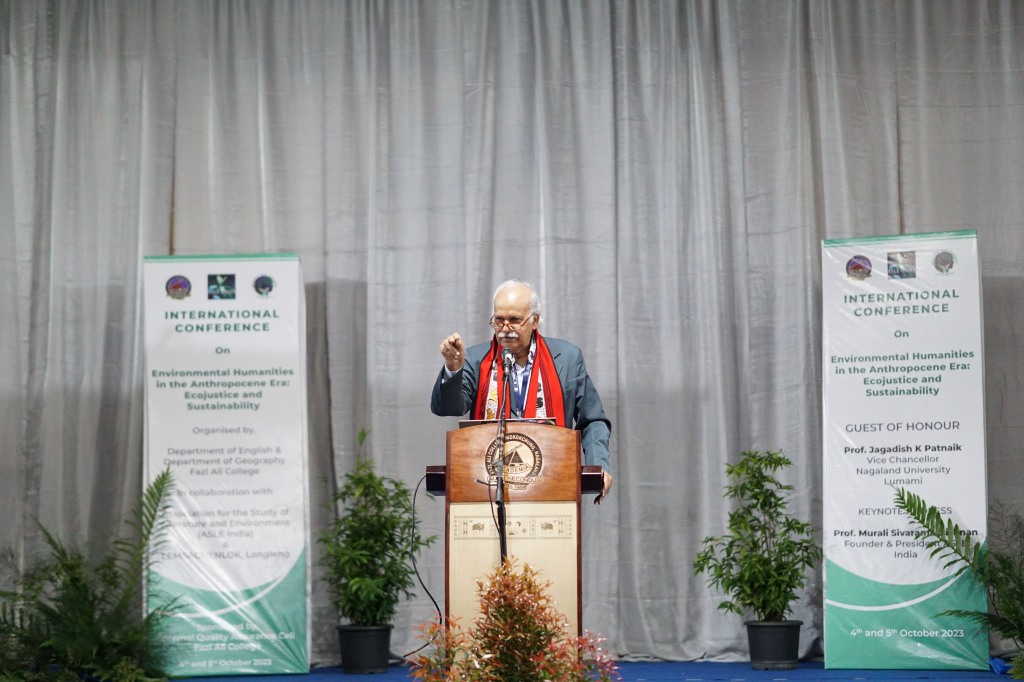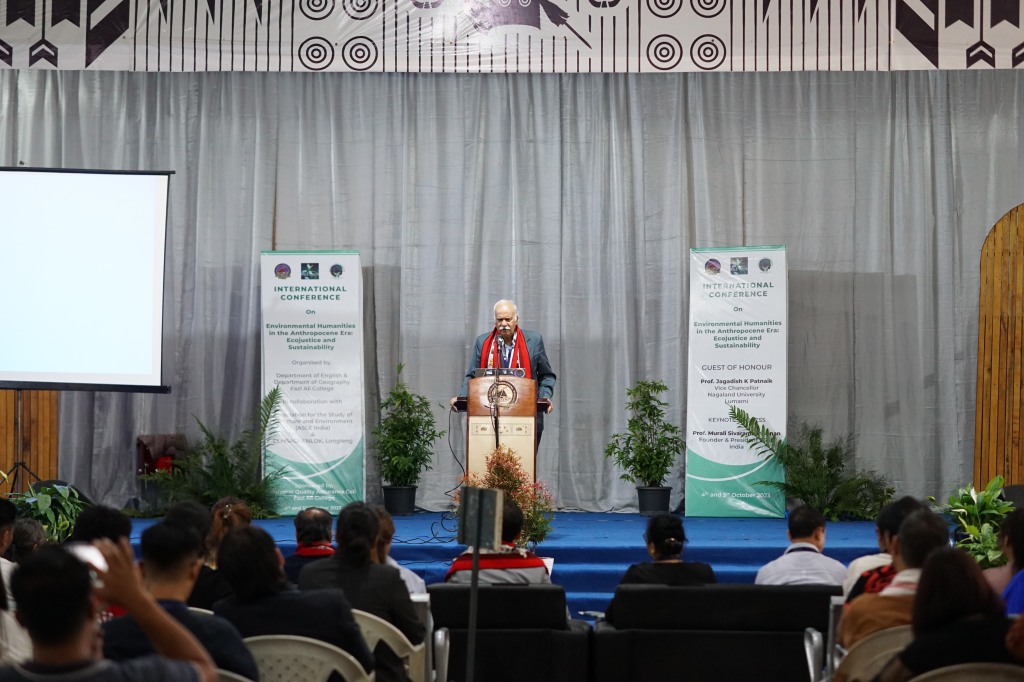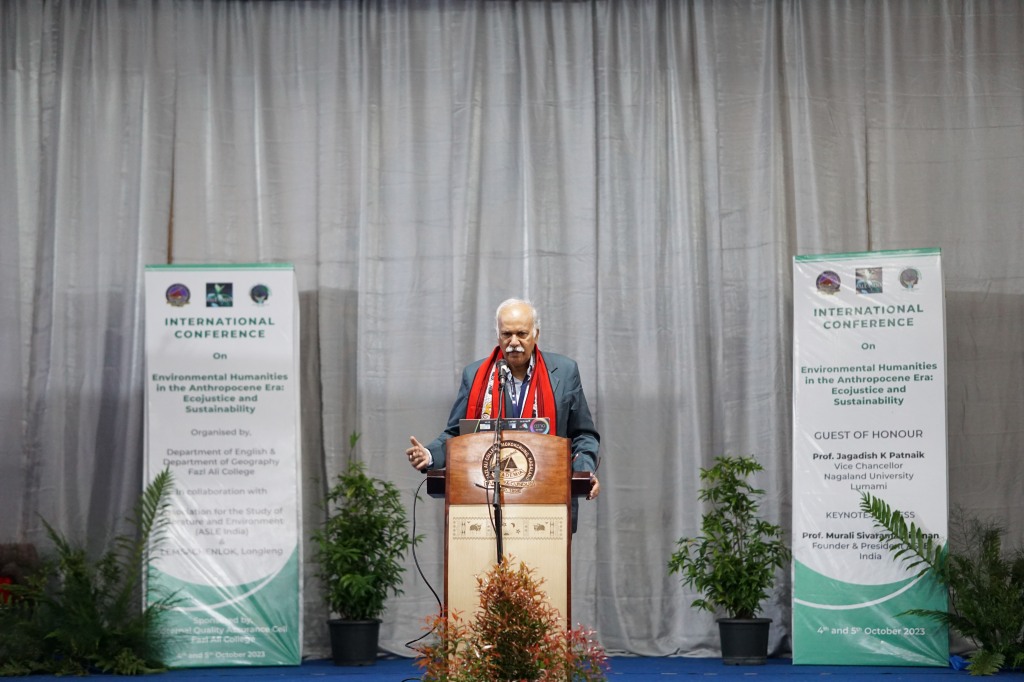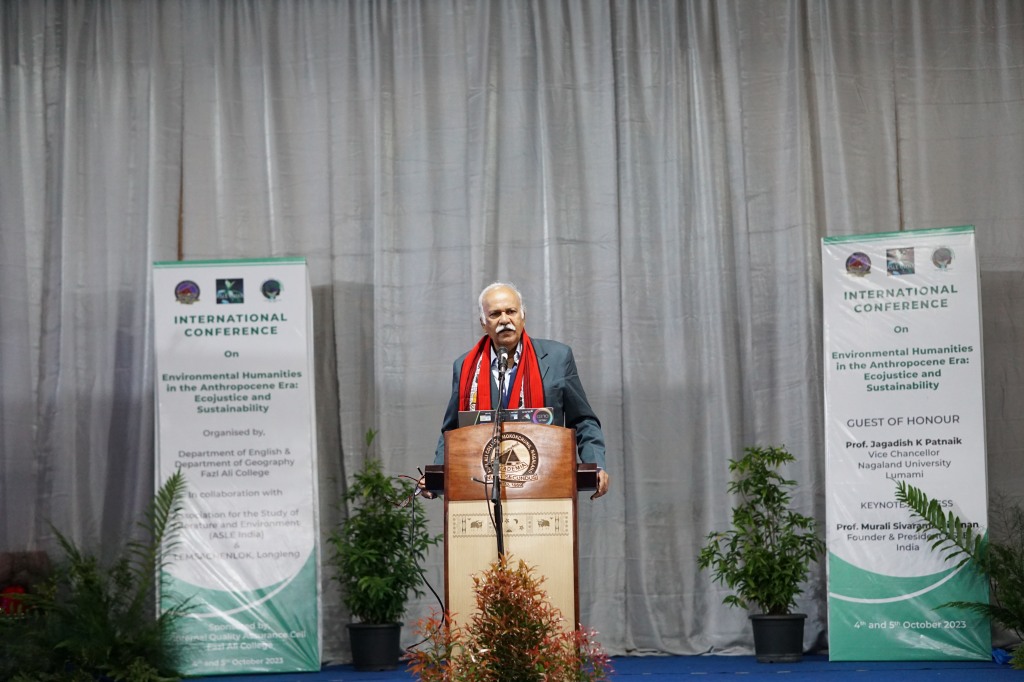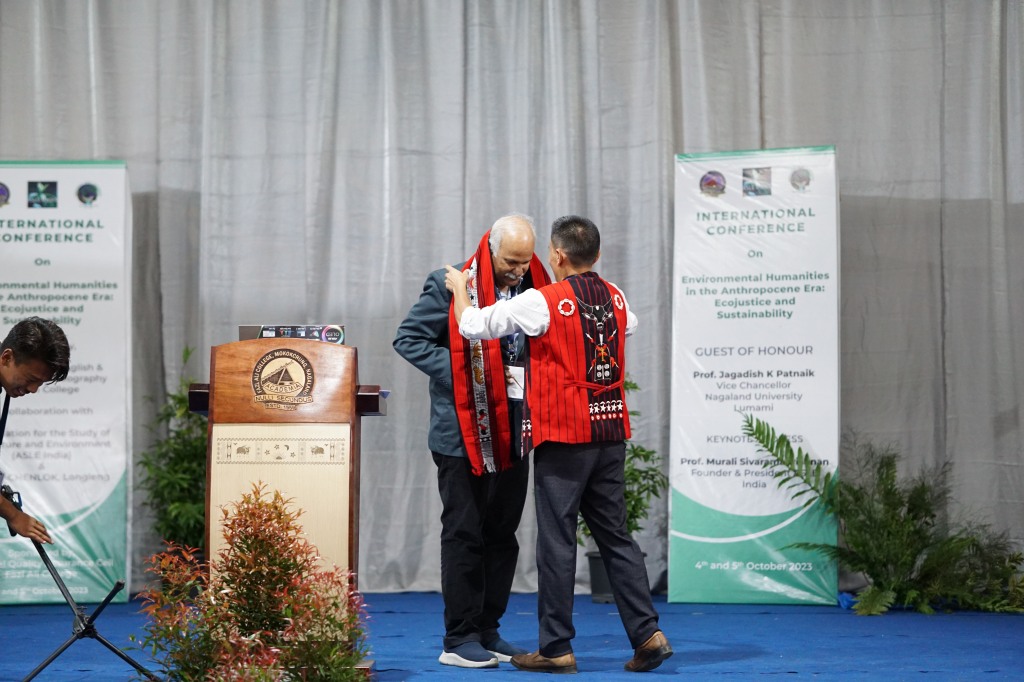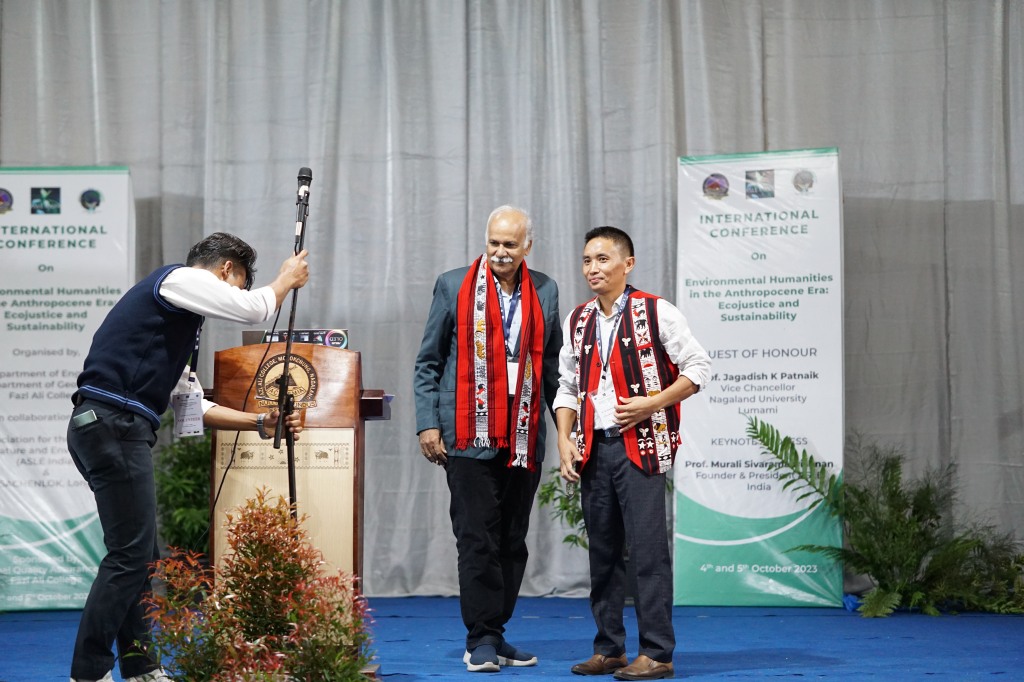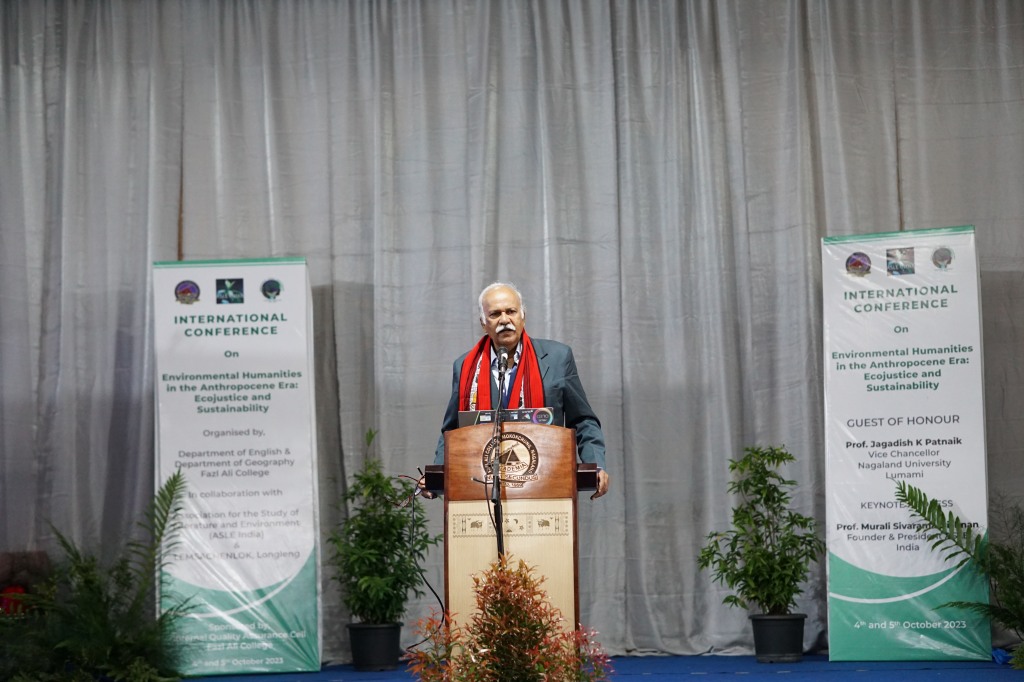Edited by MURALI SIVARAMAKRISHNAN
Action in the world is often steered by people who are in turn marshalled by environment or culture. However, echoes of certain local actions and movements serve to actuate several strands of awareness impacting larger issues in terms of political, social, environmental and spiritual dimensions of human existence. Taking off from a small village in Uttarakhand, where mainly women came to the forefront to take up issues of conservation the ideological expressions of the Chipko movement now spreads across multiple contexts. What set off from addressing a local issue in the Garhwal region of the Himalayas has impacted global environmental concern and the situation of the human being on earth. Environmental movements thus may not take off just like that in an organised manner, but they could evolve out of a whole lot of other factors. It was around the 1980-s that the environmental debate was at its most intense in India. As Ramachandra Guha points out:
The debate operated at many levels. It touched on the moral questions raised by the environmental crisis; on the changes required in the distribution of political power to promote environmental sustainability; on the design of appropriate technologies that could simultaneously meet economic as well as ecological objectives. The debate embraced all resource sectors – forests, water, transport, energy, land, biodiversity. The government was forced to respond, by creating, for the first time, a ministry of environment at the Centre and in the states as well. New laws and new regulatory bodies were forged. For the first time, scientific research on environmental questions found a place in our leading centres of learning. https://scroll.in/article/1046269/ramachandra-guha-50-years-after-chipko-environmental-movement-india-is-ignoring-its-vital-lessons
In the contexts of discussing these issues he had listed out three events which occurred in 1973, that facilitated debate on environmental issues in India.
First, in April, the government of India announced the launching of Project Tiger, an ambitious conservation programme aimed at protecting the country’s national animal……..Indian conservationists, encouraged and helped by the international agencies like World Wildlife Fund and International Union for the Conservation of Nature, were instrumental in bringing pressure on government to create a network of national parks and sanctuaries all over India to protect endangered wildlife. Second, the publication of an article in Economic and Political Weekly (March 31, 1973) entitled ‘A Charter for the Land’ authored by B. B. Vora, a high official in the ministry of agriculture, which drew attention to the extent of erosion, water logging and other forms of land degradation in the country. The author through this article called for the formulation of an effective policy by the state in this regard and also for the creation of government departments to monitor and manage environmentally appropriate land use patterns. This reflected first official concern relating to the environmental degradation, which subsequently led to the creation of a national Committee for Environmental Protection and Control later that year. The Department of Environment was established in 1980 and a full-fledged Ministry of Environment and Forests was created five years later. Third, on March 27, 1973, in Mandal, a remote Himalayan village, a group of peasants stopped a group of loggers from felling a stand of trees by hugging the trees. This event sparked a series of similar protests through the 1970s, collectively known as “Chipko” movement. This movement raised basic questions relating to the ecology, equity and social justice and promoted lively debate and action throughout the country. (Ramachandra Guha (1997, 345-346)
Due to its long history, the Chipko movement is said to be “one of the most celebrated environmental movements in the world” (Bandopadhyay, Jayanta, 1999,881)
Five decades have passed since its inception and yet the ripples have not died out, however, on the other hand, they have fanned the flames of environmental awareness and people’s active involvement in the movement to save nature and natural resources. We can now speak of the centre and periphery of environmental wisdom which has surfaced. The Chipko certainly was not an isolated movement—occurring in a land that had given birth to the Buddha and Mahavira, and where the reverberations of the Bhakthi revival raising the awareness of spiritual oneness had not yet petered out. The Bishnois inspired by Guru Maharaj Jambaji in the region of Rajasthan too had taken environmentalism and conservation to the status of a religion in the 15th century. What Chandi Prasad and Sundarlal Bahuguna did was to organise and direct the people’s will toward an ecological wisdom, and like Gandhi, triggering an awareness of soil, earth, life and the collective human’s being. Just like Mahatma Gandhi marching to Dandi and holding forth a handful of salt symbolising the political resistance of the entire country, the Chipko activists hugged and protected the trees of Garhwal. In the wake of fifty years of this massive movement, we are planning to publish a volume commemorating 50 years of the Chipko Movement.
OF CENTRE AND PERIPHERY: FIFTY YEARS OF CHIPKO, proposes to re-examine the various aspects of this earliest long-standing people’s environmental movement. The proposed book would be a collection of essays that discuss the movement, its impact and its influence, and its afterlife in contemporary Indian environmental policies, movements and thought, from personal and critical/analytical perspectives. The overall objective is to bring together academic, popular and personal conversations that engage with these events associated with the movement and their after effect.
Individual essays could be of around 5000 words each.
I am afraid we will not be able to make any payments to the contributors. However, the copyright of each individual essay will remain with the contributor of the essay.
Abstracts are welcome. Kindly write “Abstract for Fifty Years of Chipko” on subject line and mail to
Prof. MURALI SIVARAMAKRISHNAN at smurali1234@yahoo.com
__________________________________________________________________________________
for details regarding last date of submission of Abstract and complete text : write to smurali1234@yahoo.com
[The volume is being planned by Orient Black Swan as part of a series of commemorative volumes (titled Landmarks) that celebrates texts, events and personalities that have shaped societies, cultures and communities in India. The series is intended to include volumes focusing on iconic social and political events, literary texts, and films. The aim is to bring together academic, popular and personal conversations that engage with these events.]
